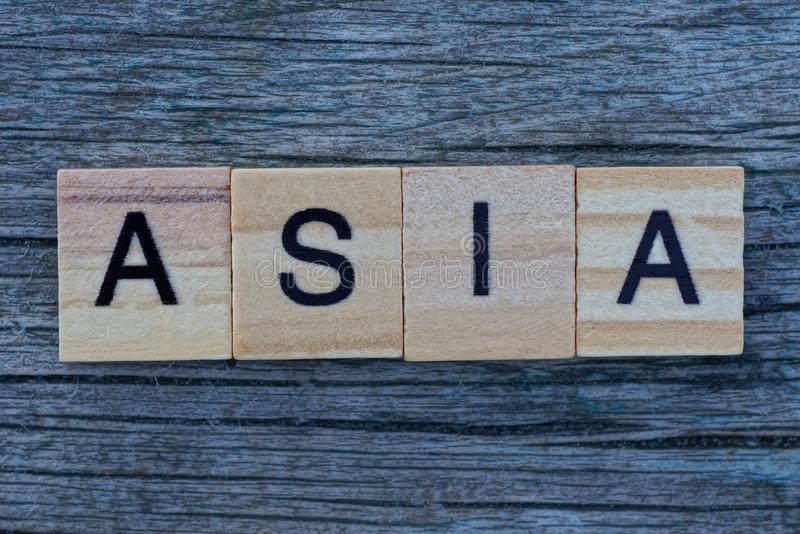Total number of posts 463.
 Economists said that Asia - especially Southeast Asia - remains a bright spot, even though the global economy is likely to shrink in the next year. The strong economic recovery in Asia earlier this year has lost momentum due to three "headwinds" - the rise in interest rates, the war in Ukraine, and the impact of China's slowing economic activity.
Economists said that Asia - especially Southeast Asia - remains a bright spot, even though the global economy is likely to shrink in the next year. The strong economic recovery in Asia earlier this year has lost momentum due to three "headwinds" - the rise in interest rates, the war in Ukraine, and the impact of China's slowing economic activity.
We quoted what the International Monetary Fund (IMF) said in its latest outlook: "Despite this, Asia remains a relative bright spot in the face of a sinking global economy". Accordingly, the IMF predicts growth in the Asia and Pacific region of 4% this year and 4.3% in 2023, both below the 5.5% average over the past two decades. However, this is still considered to be higher than the fund's forecast for Europe and the US. IMF projects growth of 3.1% in 2022 and 0.5% in 2023 for the Eurozone; and 1.6% growth in 2022 and 1% in 2023 for the US.
Overall, Asia's path will be different from that of many advanced economies like Europe. This suggests there is more room for growth-oriented policies in the region, unlike in many other parts of the world, where high inflation is forcing central banks to tighten financial conditions.
The IMF said Southeast Asia will have a prosperous year in the future. Vietnam is emerging as the center of supply chain diversification efforts while the Philippines, Indonesia, Malaysia, and India are likely to grow between 4% and 6%. Tourism in Cambodia and Thailand will increase.
So far, exports from ASEAN-6 (Indonesia, Malaysia, the Philippines, Singapore, Thailand, and Vietnam) have outperformed North Asia and the rest of the region, according to DBS Bank data. Moreover, higher commodity prices and supply disruptions have helped exporters like Indonesia.
DBS analysts Chua Han Teng and Daisy Sharma said that the manufacturing purchasing managers index in Indonesia, Philippines, Thailand, and Vietnam "generally stood in the region of expansion above 50 in September", putting these countries' figures higher than that of Korea and Taiwan. However, the outlook for markets such as Sri Lanka and Bangladesh remains dim. Sri Lanka is still going through a severe economic crisis while in Bangladesh, the war in Ukraine and high commodity prices have hampered the country's recovery from the pandemic. Highly-indebted economies such as the Maldives, Laos, and Papua New Guinea, and those facing refinancing risks, such as Mongolia, are also facing challenges as the tides change.
As for China, the country is likely to recover this year and could post 3.2% growth in 2022 before accelerating to 4.4% in 2023 - assuming zero-Covid policies gradually loosened. However, heeds still need to be made as there may be a lot of uncertainties with China. For example, the 20th Party Congress could "herald more policy certainty" as China enters the new year while the Chinese yuan could struggle further against the strong US dollar.
Source: Cong Thuong News














